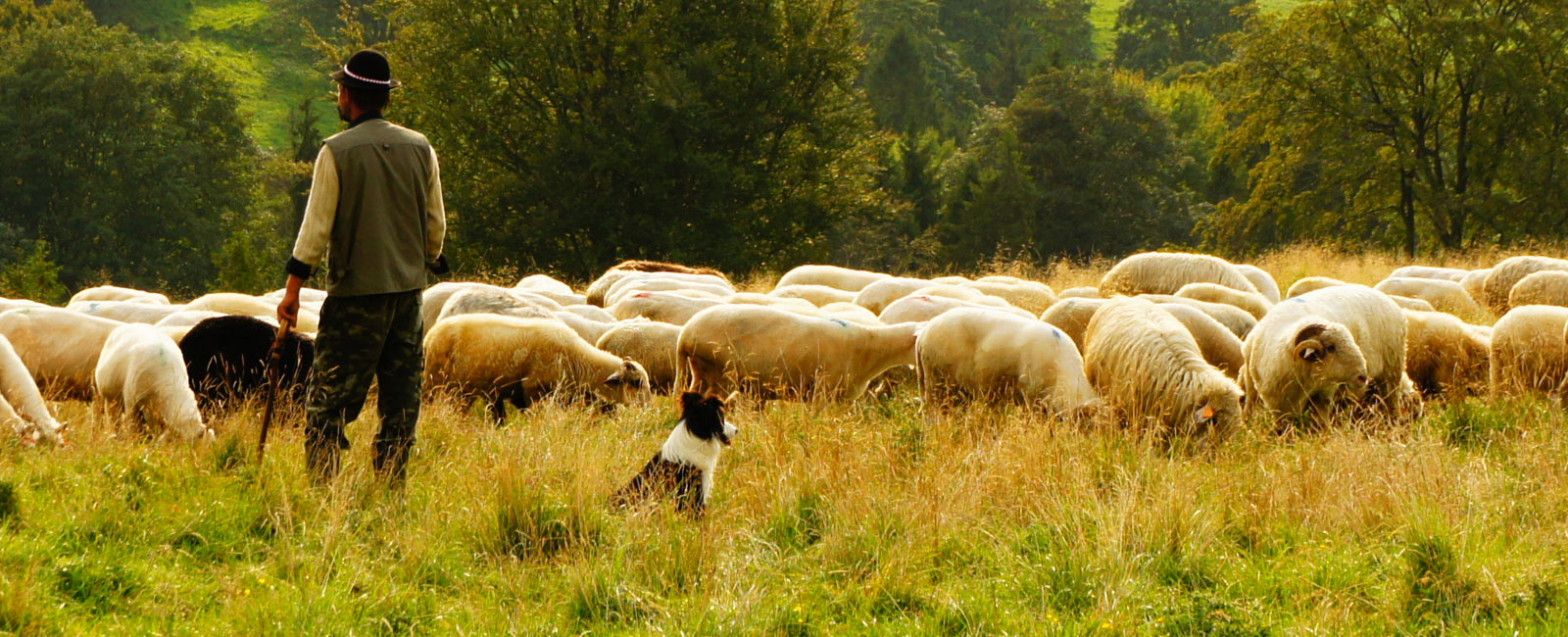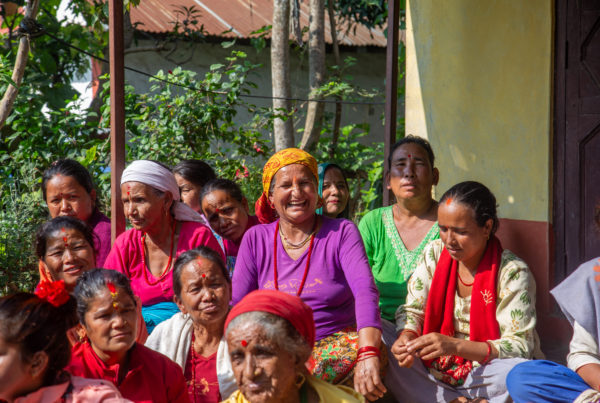The upcoming publication of the Farm to Fork and Biodiversity strategies, planned for 29 April, is an ideal opportunity to increase organic land and consumption in the EU. This target may sound at first ambitious, but in reality, it is achievable.
The new Commission’s Green Deal highlights the need to increase the environmental ambition of the EU and to move towards sustainable food systems. But according to IFOAM EU, the Farm to Fork strategy should build on the success of organic farming and its potential to transform agriculture. This shift to organic could provide EU citizens with a credible and engaging vision for a sustainable food production system in 2030.
Is this demand realistic?
Organic farming is well known by citizens all over the EU. It is a legally-defined and certified sustainable agri-food production system with proven benefits for the environment and animal welfare, and a well-established and profitable business model for farmers, processors and retailers. In line with IFOAM EU Vision for 2030, a strong dynamic organic farming sector should be part of a broader transition of the whole agriculture sector, half of which should be managed according to the principles and practices inspired by agroecology by 2030.
To make these ambitions a reality, the organic movement suggest the Farm to Fork Strategy to combine supply-push (CAP conversion and maintenance aids) and demand-pull (public procurement, promotion) policies. Having the right policies in place would contribute to a balanced growth of organic production and demand and develop the whole organic supply chain.
What needs to be done?
The Farm to Fork strategy should therefore include quantitative targets to increase both organic land and consumption of organic products in the EU, and to reduce the use of pesticides and antibiotics. IFOAM EU calls for a target of 20% organic land by 2030 (on average in the EU), which is both ambitious and achievable (considering that organic farming currently covers around 8% of EU land) provided it is linked to the CAP. Member States should include a national target for organic land in their CAP strategic plans, and provide the adequate support for organic conversion and maintenance, to allow full use of agri-environmental measures under rural development (pillar 2) and of innovative mechanisms like eco-schemes (in pillar 1).
IFOAM EU also calls for an EU target of 20% of organic products in public kitchens by 2030, in line with the push-pull approach which has been successful in Denmark. This could be achieved through Green Public Procurement (GPP) and promotion policies. It is an effective way to develop the whole organic production chain and to give a prominent role to local authorities in the Farm to Fork strategy.
20% organic land by 2030
20% of organic products in public kitchens by 2030
What’s IFOAM EU’s role in this process?
IFOAM EU is part of the EU food policy coalition, which supports shifts to more sustainable diets with more plant-based products, less intensive animal production, and innovative governance models for the Farm to Fork strategy. This highlights the important role to civil society at all levels as well as local authorities.
The organic movement calls for synergies between the Farm to Fork strategy, the Biodiversity strategy and the CAP reform to acknowledge the contribution of organic farming to the EU objectives of the Green Deal and support it accordingly.
What seemed an ambitious goal many decades ago is now an achievable target.







